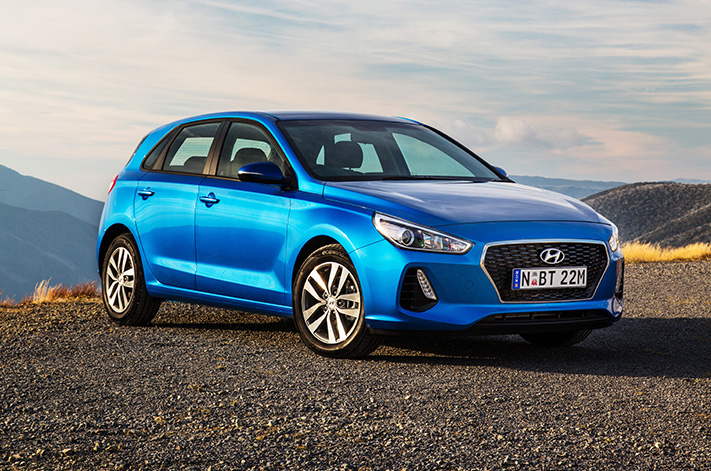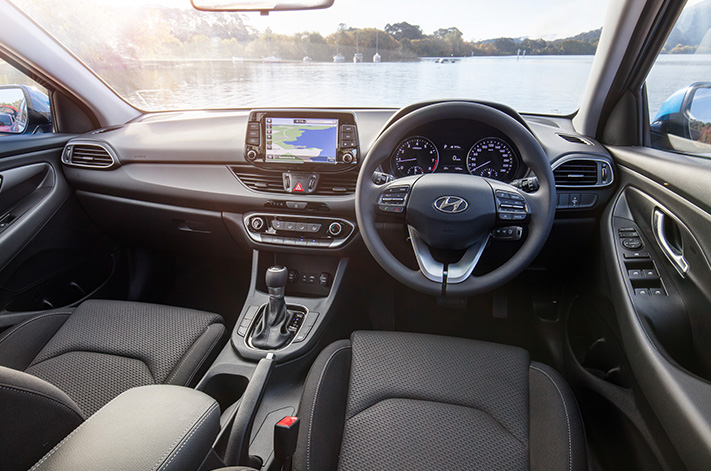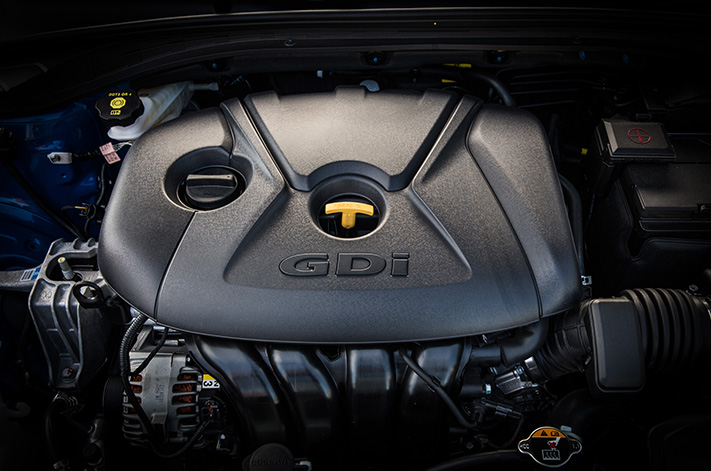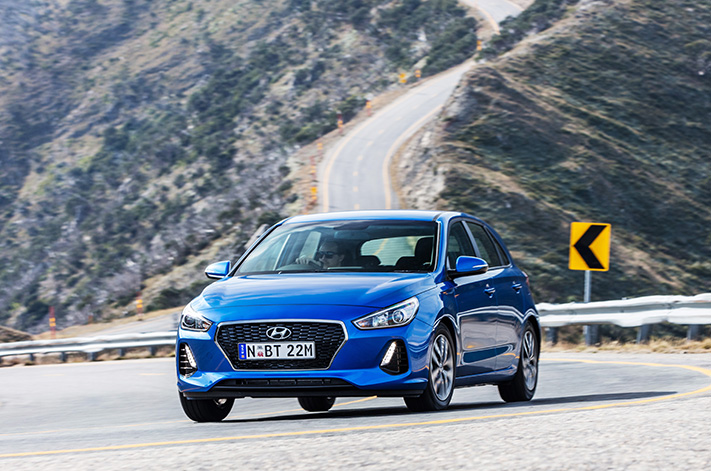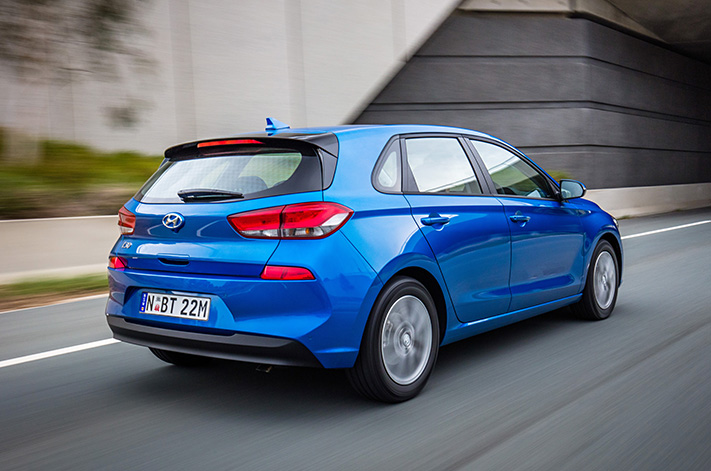Reviews
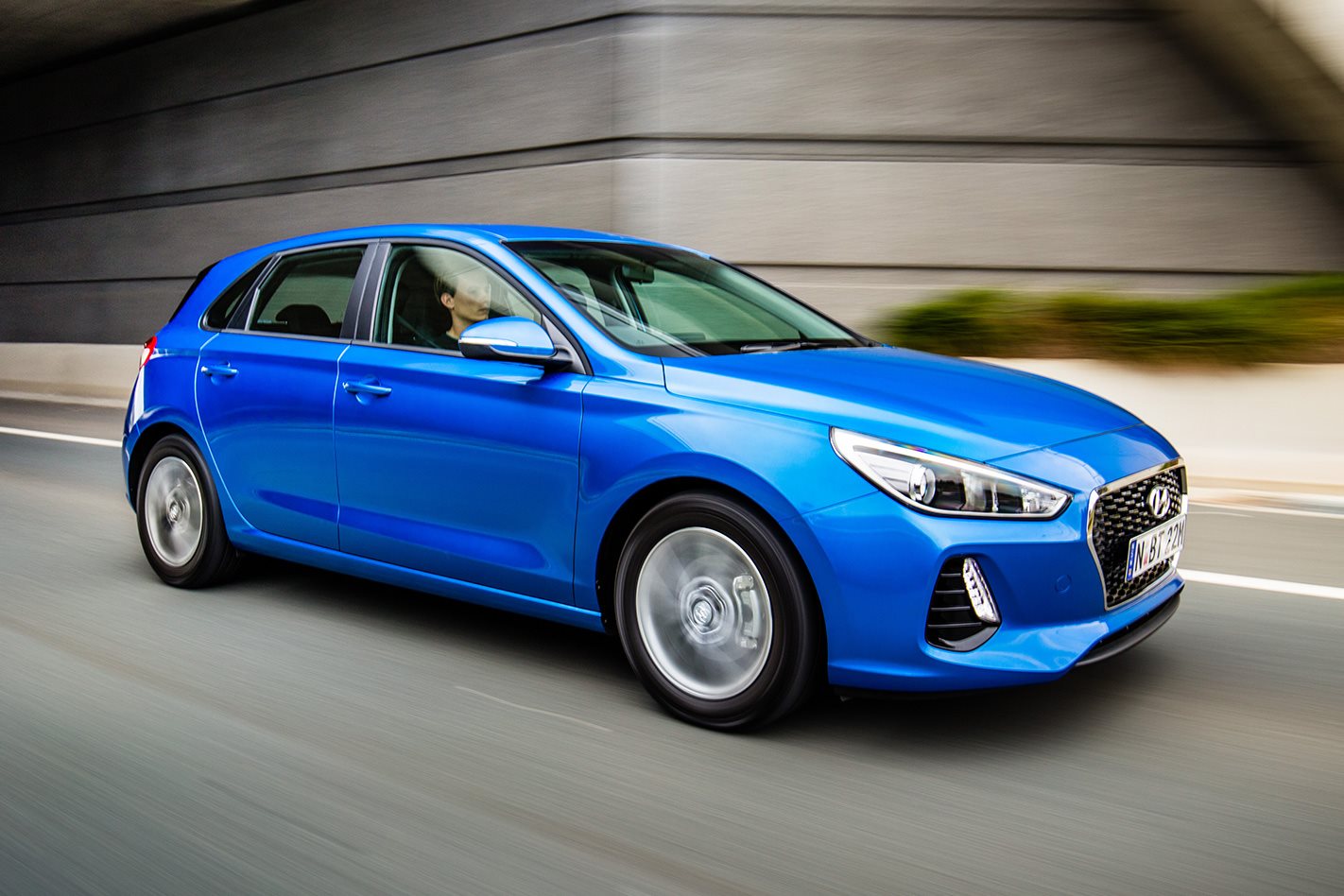
Gallery 1
The latest third generation i30, gets a new body and interior as well as more features than we’ve seen previously on Hyundai small cars.
TELL ME ABOUT THIS CAR The i30 is one of the most popular small hatchbacks on the market. This latest third generation model, codenamed PD, gets a new body and interior as well as more features than we’ve seen on Hyundai small cars previously. It is available with two petrol engines and one diesel engine as part of a broad model range that includes sporty and luxury variants.
